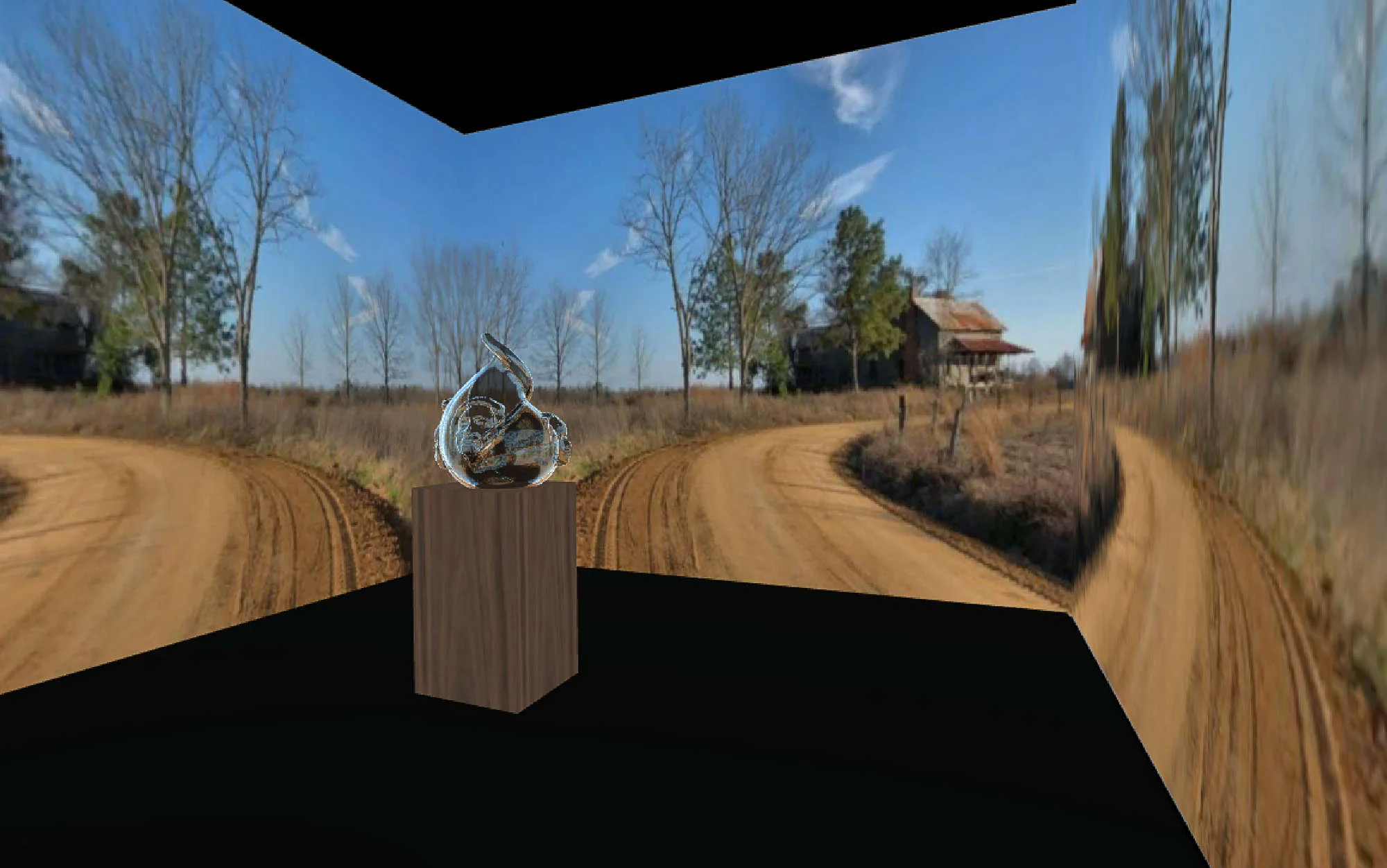The artist talks about her work on show at the Barbican’s exhibition AI: More Than Human
The story of two women meeting online, becoming friends and eventually collaborating doesn’t seem particularly exceptional until you discover that one of them is a robot. Bina 48, a social robot, propelled Stephanie Dinkins’ art practice into the coded world of Artificial Intelligence (AI) in 2014. “She just triggered all these questions,” Dinkins explains. “And questions trigger questions which trigger projects that try and bring something different and complimentary into the world.”
Having graduated from the Maryland Institute College of Art in 1997 with an MFA, Dinkins work as a transmedia artist explores AI’s relationship with race, gender, aging and our future histories. Her collaborations with communities of colour and use of new technologies have earned her a 2018/19 Soros Equality Fellowship, Data and Society Research Institute Fellowship and a 2018 Sundance New Frontiers Story Lab Fellowship.
One project currently in motion is Not The Only One, on view at the Barbican from 16 May as part of its AI: More than Human exhibition. Presented as a multigenerational memoir of one black American family told from the “mind” of an AI with evolving intellect, this storyteller speaks from a first person perspective with data supplied by three living generations of women.
Behind the sculpture on display is a deep learning algorithm that is able to have conversations and respond to questions from visitors to the exhibition. Each interaction will enable the platform to grow in storytelling abilities that reflect the AI’s mood or users’ questions while telling the narrative of the black and brown people that the tech industry often ignores. Her motivation stems from a belief in diverse voices: “I really feel like it’s hyper important that people of colour make models of AI that are different,” Dinkins says.
Whether it’s the Google photo app that tagged black people as gorillas or Amazon’s facial recognition software having difficulties with dark-skinned faces, it’s clear that there is an issue with black representation in the AI arena that needs to be addressed. As well as her artistic projects, Dinkins is actively recruiting the black community to get involved with the AI conversation. “How do we bring people in and show them that this is a space for you?”
Having posed that question, her response has been to conduct workshops and use her practice as a catalyst to encourage people to seek out more information. Such an approach involves finding areas of AI that are familiar to the people she wants to engage. Referring to a group of young people, she says: “I’ve allowed them to use a chatbot that spits a little hip hop as a way of getting them to see how systems of input and output work and where they can question the system.”
This appetite to open up the world of AI is reflected in a number of works in AI: More than Human. As part of Life Rewired, the Barbican’s 2019 season on what it means to be human when technology is changing everything, the story of AI from its roots in Japanese Shinioism to today’s reality will be presented in works and projects from diverse artists, designers and scientists such as Es Devlin, Massive Attack & Mick Grierson and Joy Buolamwini.
Overall, Dinkins is optimistic about the future. “Black culture is based on ideas of ingenuity and ‘making a way’,” she enthuses. “It’s almost like the birth of hip hop… people taking two turntables and turning them into something we couldn’t even envision as a broader culture.” Warming to her analogy, she predicts that the movement will need a trailblazer. “It will take a really special person to step out of the system they’re educated through and expand that.” I’d argue within Dinkins that special person has arrived.
AI: More Than Human Exhibition is on view at London’s Barbican from 16 May to 26 August 2019
Visit the Barbican
Visit Stephanie Dinkins
Published on 10/05/2019

